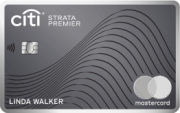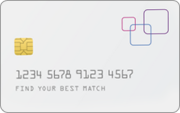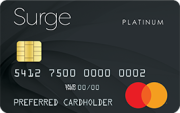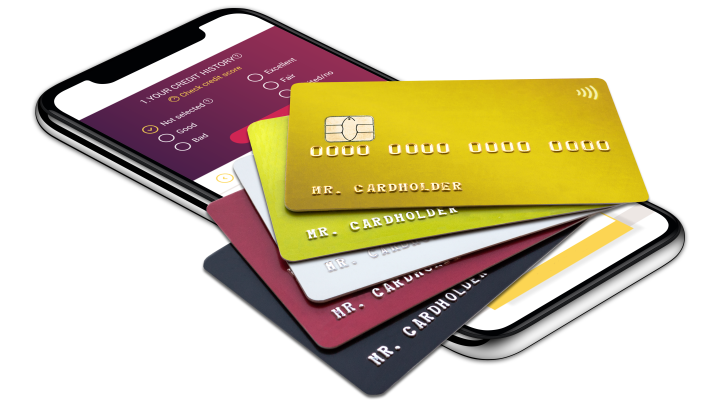The content on this page is accurate as of the posting date; however, some of the offers mentioned may have expired.
Each consumer has not one, but three credit reports, one each from the three credit bureaus - Equifax, Experian and TransUnion. These three credit bureaus sell the information indicated on the credit report to consumers; however, a recent Federal Law has mandated these bureaus to provide consumers with one free annual report. If you want to have a look at your report more than once a year, you will have to pay for it.
It is important that you get all three credit reports, because at times, the figures in each report vary from each other. By getting all three, you will be able to compare and contrast these figures. If the difference is too great, you may report this to the bureaus and dispute this. It is also of significance that the consumer personally gets his or her credit report, because by doing so, he or she can get the "consumer copy", which is translated into more laymen's terms.
You should then take a look at the sections of each credit report. The first section is "identifying information." This contains your name and other public information about yourself, such as your SSS number, driver's license, and public address. You should check all three credit reports if the information is accurate and correct. For instance, check the spelling of your name - remember, just a single mistake could pose as inconveniences for your identification. Also, a single mistake in your social security number would have negative consequences for you.
The second section is your "credit history" which includes the kind of credit you have, whether they are installments you've made, other transactions such as loans and / or mortgages; your balance, or how much you still owe; indication if you have reached the credit limit or not, status of your account or accounts (if you have more than one), whether they are open, closed, active, inactive, or paid; and indication of how well your maintenance of the account/s is. Other information showed is if the account you hold is shared with another person.
The other sections of a credit report are the consumer's "public records" and "inquiries".
Once you've gone over the reports, as mentioned earlier, you should then compare the information from the three bureaus and immediately inform the bureau in writing of any anomaly or mistake, especially if it's a wrong figure or balance in the credit history section of your credit report.






